Among the lush landscapes of Alabama, stories of gargantuan serpents slither through the rivers and lakes, captivating the imaginations of locals and visitors alike. But what truth lies behind tales of Alabama’s giant water snakes? These creatures, often shrouded in myth, are a fascinating part of the state’s natural heritage. This article will explore the reality behind these magnificent reptiles, debunking myths while shedding light on their true sizes, behaviors, and roles within their ecosystems.
Understanding Water Snakes in Alabama
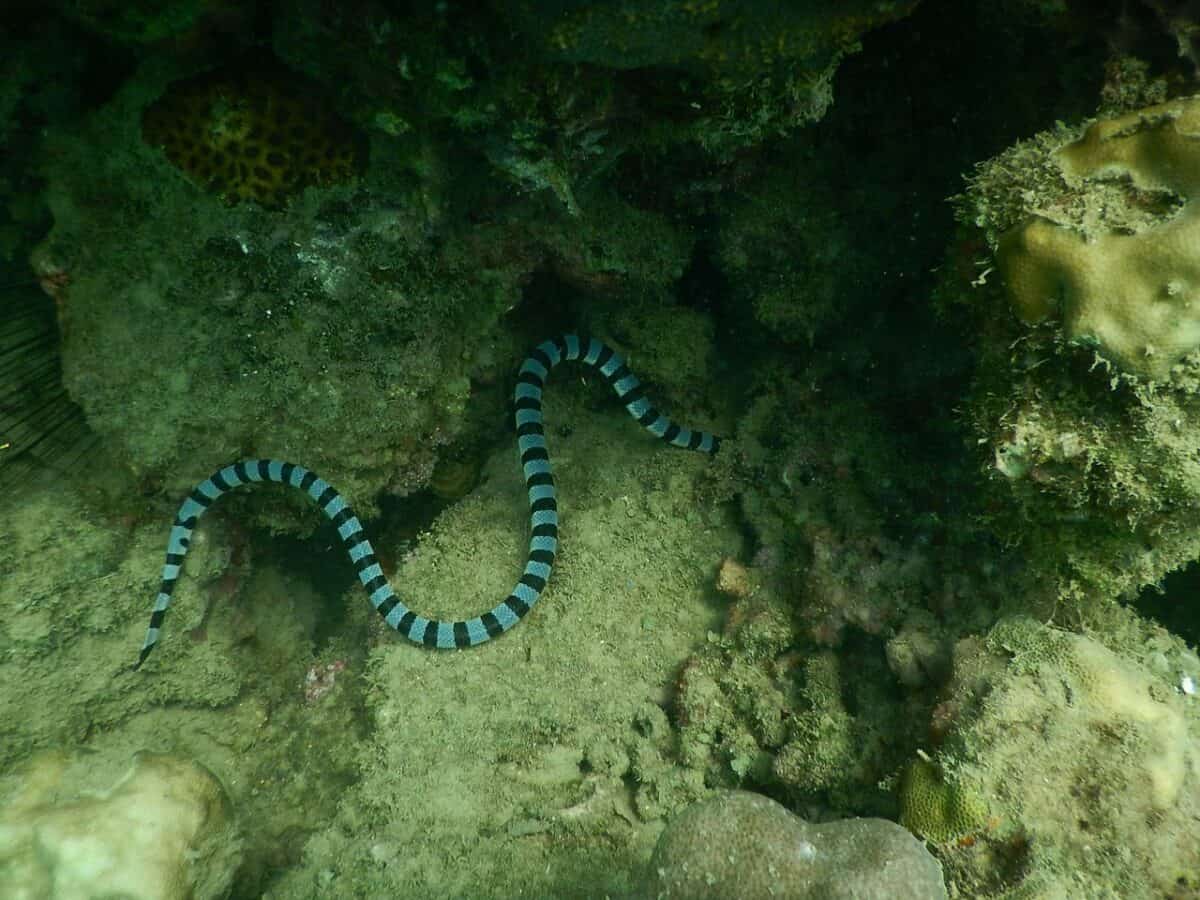
Alabama is home to a variety of water snake species, including the common watersnake, the banded watersnake, and famously, the Northern Cottonmouth, also known as the water moccasin. It’s crucial to distinguish between these species and the often-feared but unrelated cottonmouth, a venomous snake found in similar habitats.
The Myth of the Giant Water Snake
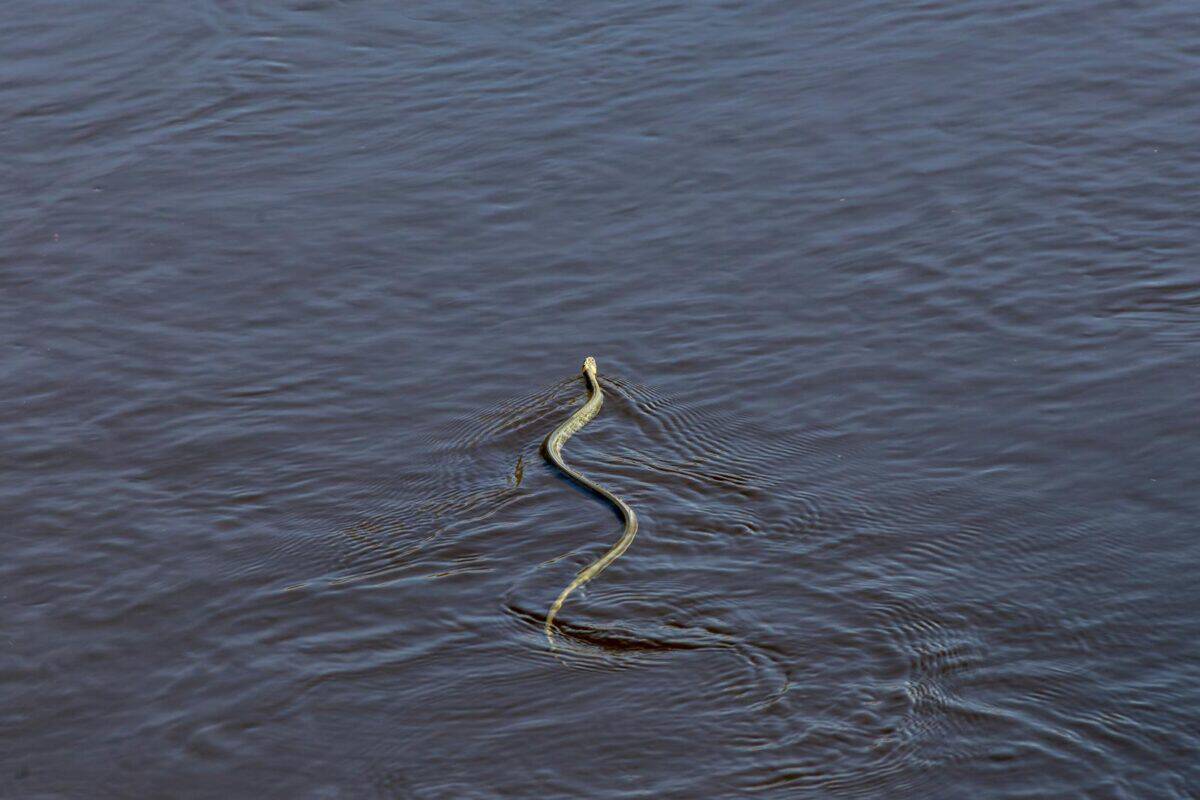
Tales of giant water snakes in Alabama often stem from exaggerated encounters. While it’s true that some species can reach impressive sizes, the stories sometimes attribute mythical proportions to these creatures.
How Big Can They Really Get?
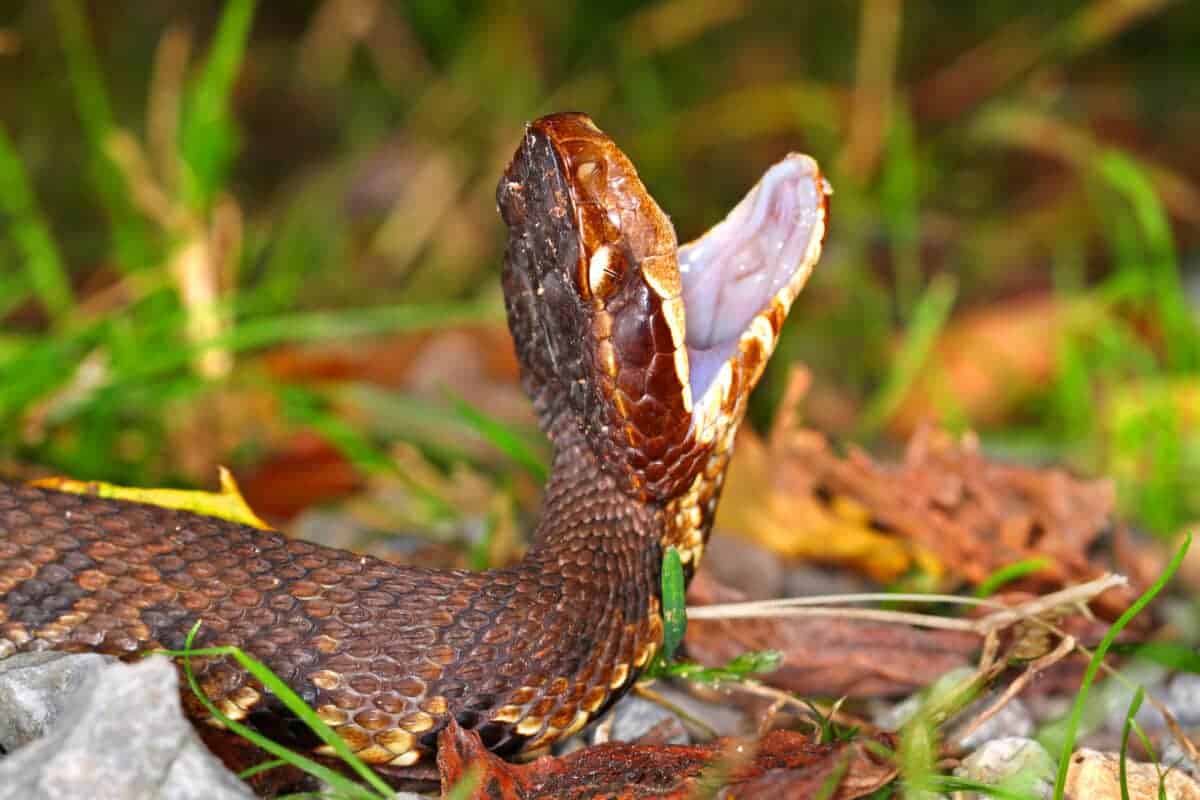
On average, water snakes in Alabama can range from 3 to 5 feet in length, with some exceptional specimens stretching slightly longer. The Northern Cottonmouth, often mistaken for a giant water snake, can reach lengths of up to 4 feet.
Identifying Alabama’s Water Snakes
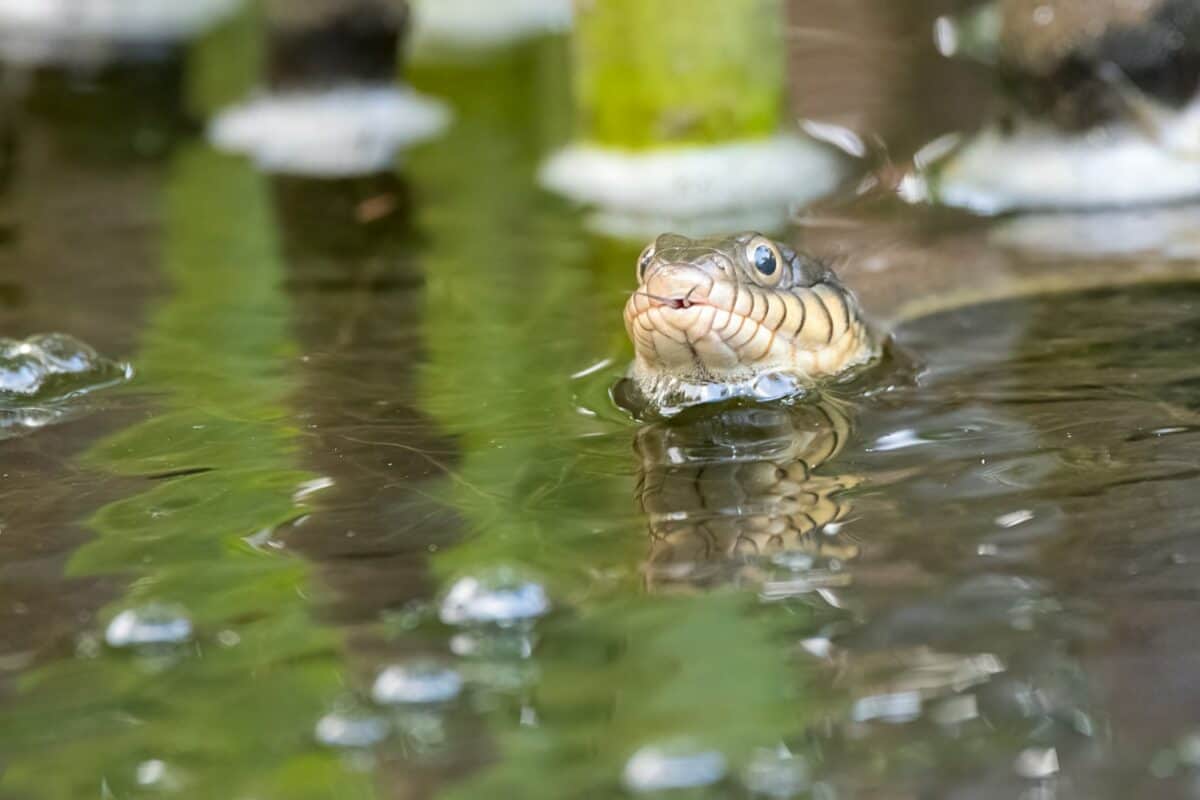
Identifying these snakes is crucial for understanding the species you might encounter. Key features include their thick, muscular bodies, distinctive patterns, and colors which can vary significantly between species.
Habitat and Distribution
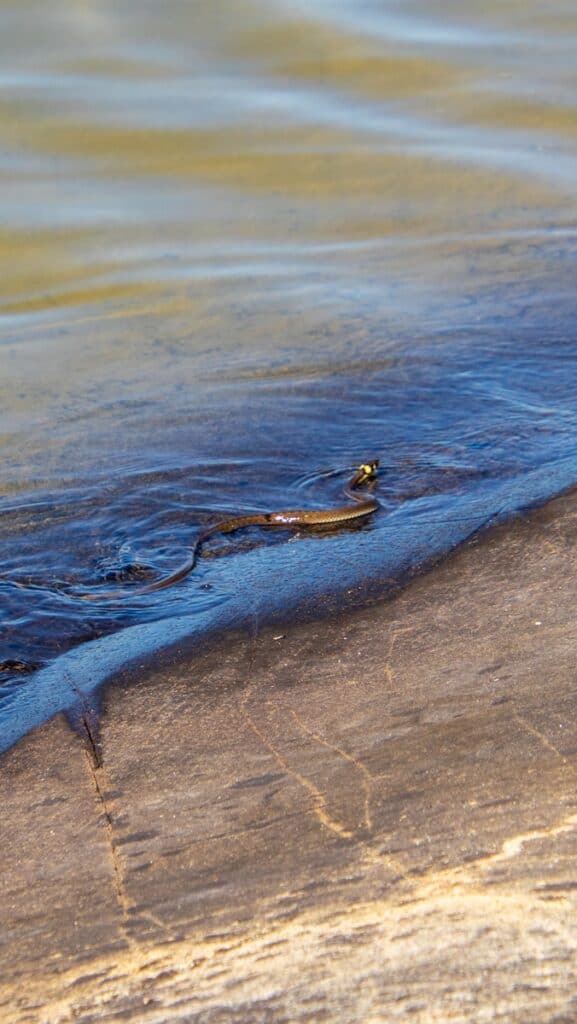
Alabama’s water snakes inhabit a variety of aquatic environments, from slow-moving rivers and streams to lakes and ponds. They are particularly prevalent in the state’s wetter regions, adapting well to both wild and suburban areas.
Behavior and Diet
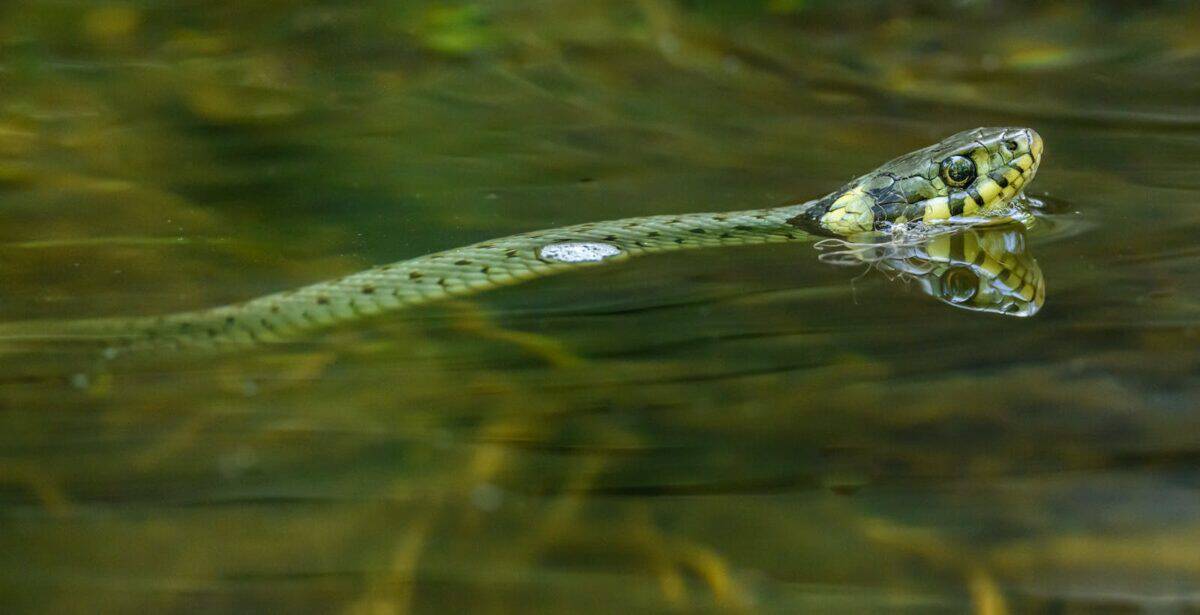
These snakes are non-venomous and primarily feed on fish and amphibians. They have developed fascinating hunting techniques, such as lying in wait for prey or actively pursuing it in the water.
The Importance of Water Snakes in Alabama’s Ecosystems
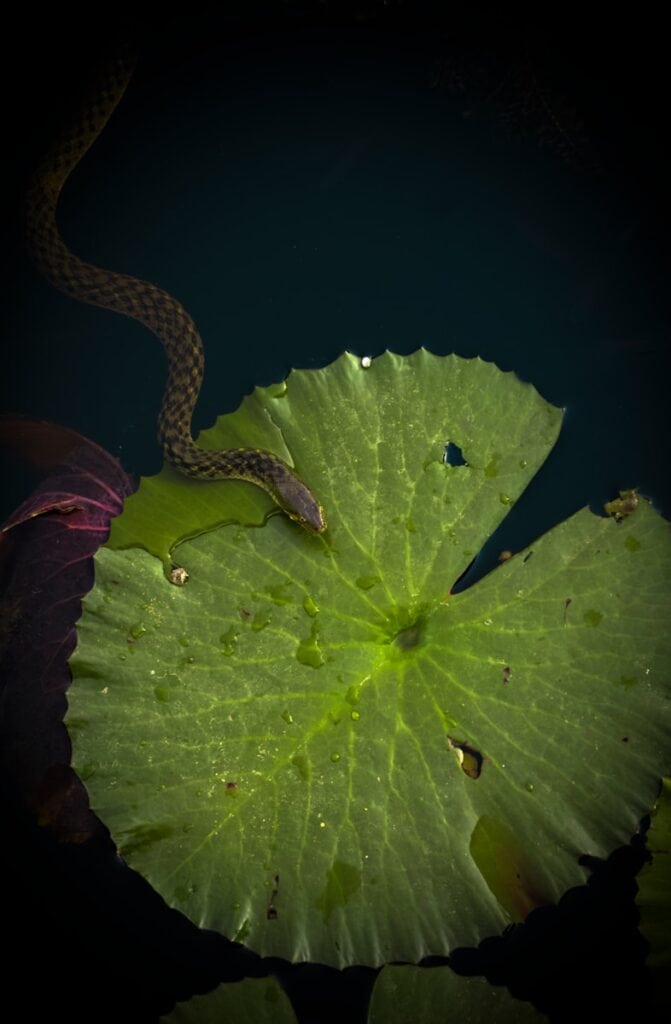
Alabama’s water snakes play a vital role in controlling fish and amphibian populations, thereby maintaining a balanced ecosystem. Their presence is an indicator of a healthy aquatic habitat.
Conservation Status
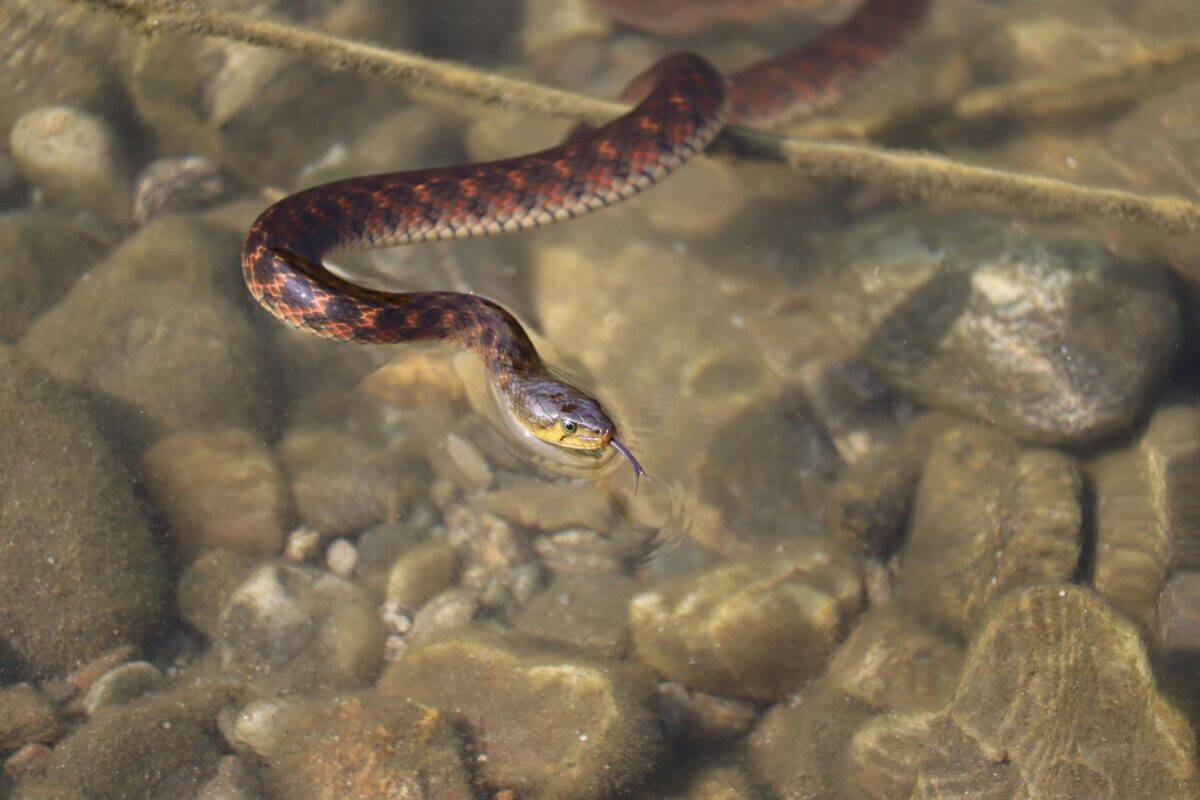
While many of Alabama’s water snake species are currently not considered endangered, they face threats from habitat destruction, pollution, and persecution from humans. Conservation efforts are essential for their continued survival.
Encounters with Giant Water Snakes
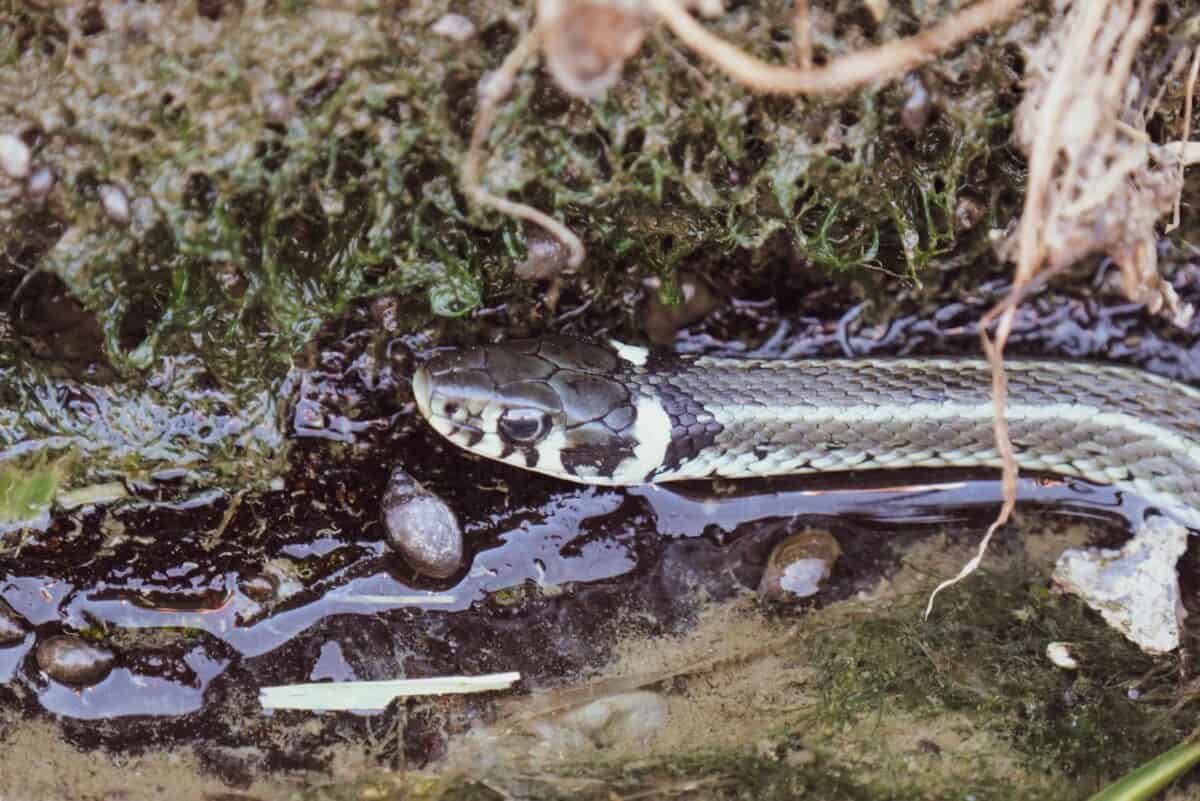
When encountering a large water snake, it’s important to maintain a safe distance and respect the animal’s space. Remember, these snakes are more scared of you than you are of them and will typically flee if given the chance.
Debunking the Myths

Understanding the facts about these snakes helps debunk myths and reduce unwarranted fear. Education is key to appreciating their role in Alabama’s biodiversity rather than perpetuating tales of monstrous serpents.
How to Help Protect Alabama’s Water Snakes
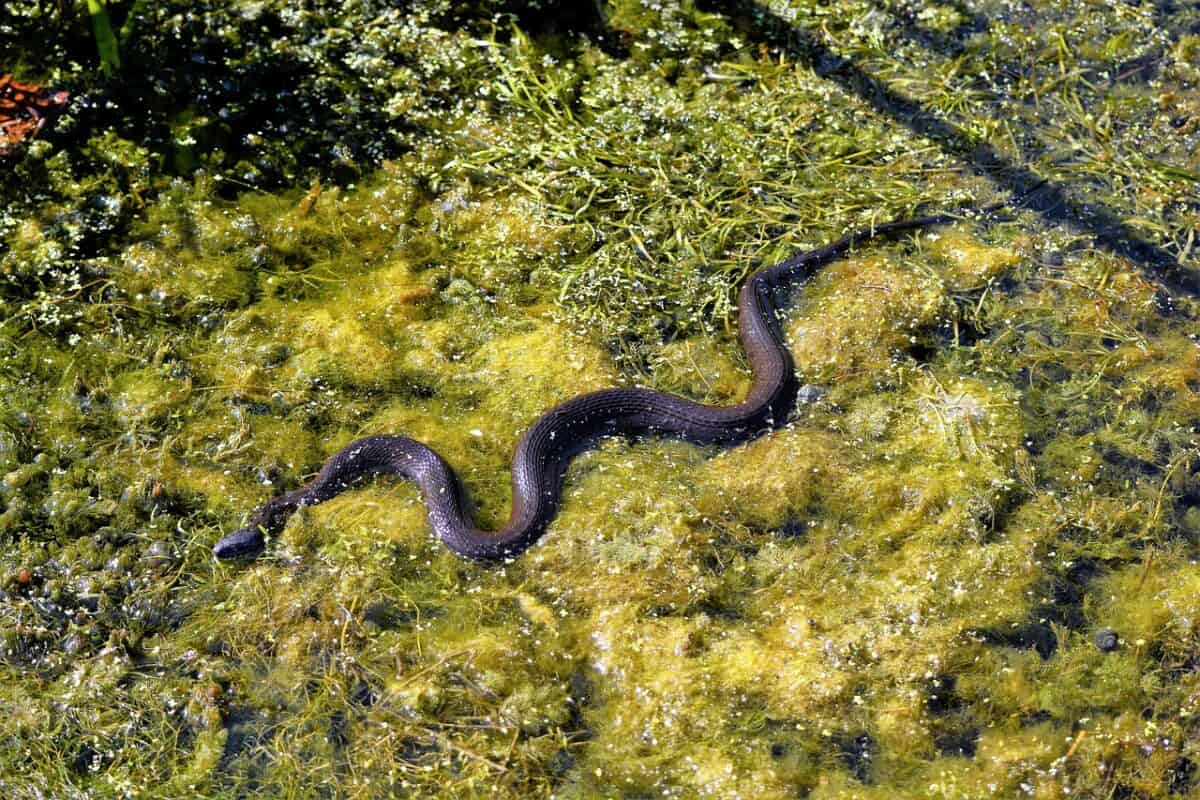
Protecting these creatures starts with education and awareness. Avoid disturbing their habitats, support local conservation efforts, and spread accurate information about Alabama’s water snakes.
Conclusion
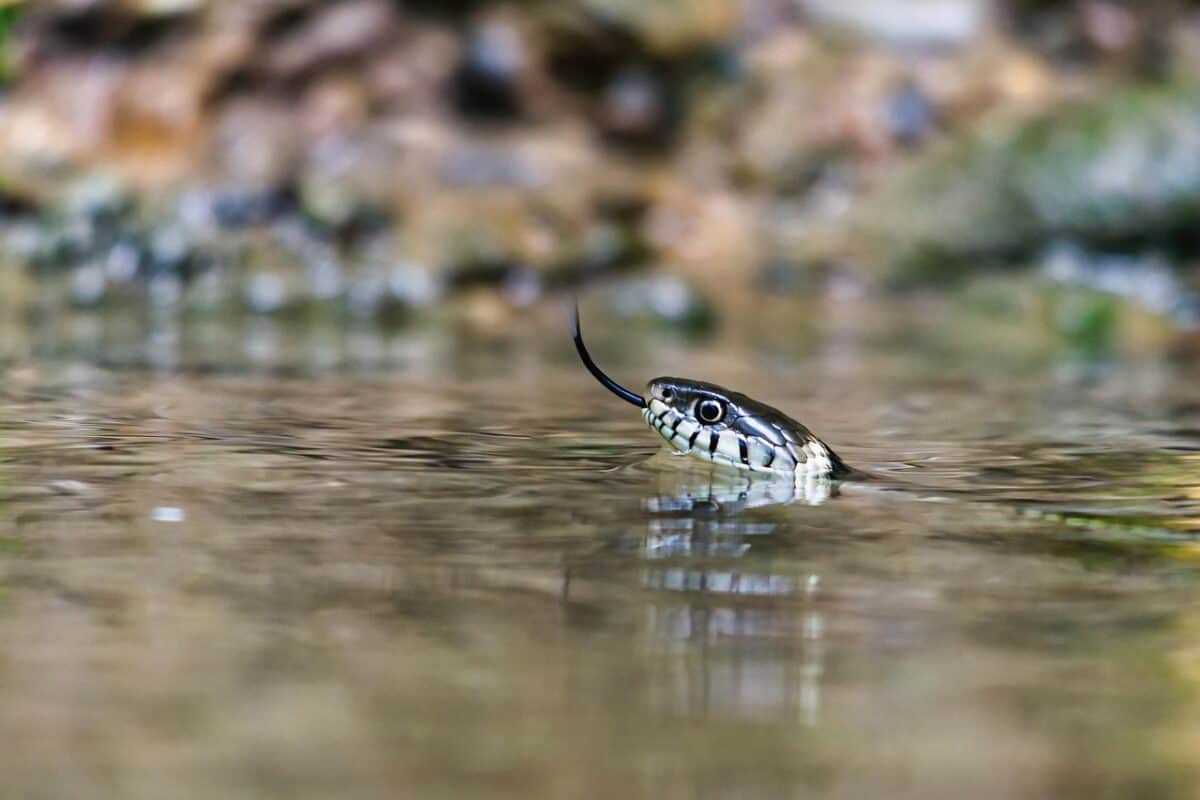
Alabama’s water snakes, while not the giants of legend, are nonetheless impressive creatures that serve crucial ecological roles. By understanding and appreciating them, we can ensure these fascinating parts of Alabama’s natural heritage thrive for generations to come. Let’s embrace the real giants among us, not fear them, for their true size and significance are more extraordinary than any myth could portray.
- The Largest Bald Eagle Nest Ever Found in Washington State - August 24, 2025
- How Big Can Alabama’s Giant Water SnakesReally Get? - August 24, 2025
- Why Tennessee’s Copperheads Are So Hard to Spot - August 24, 2025

